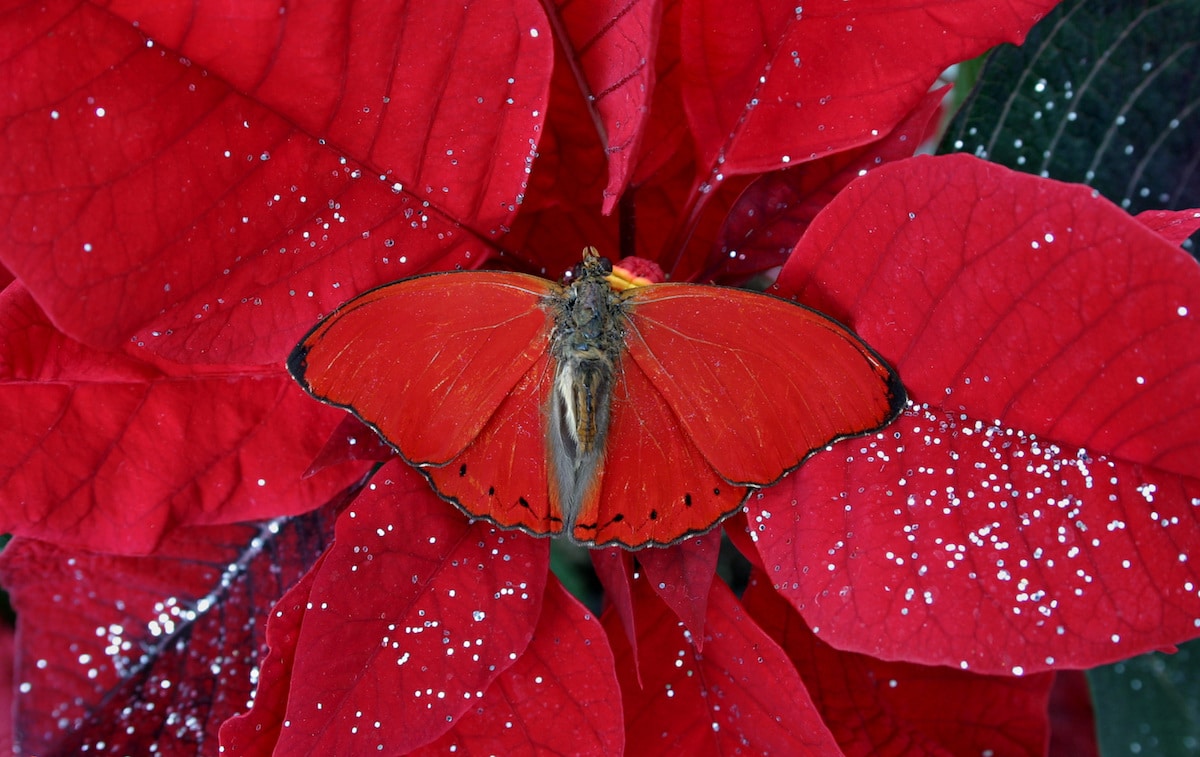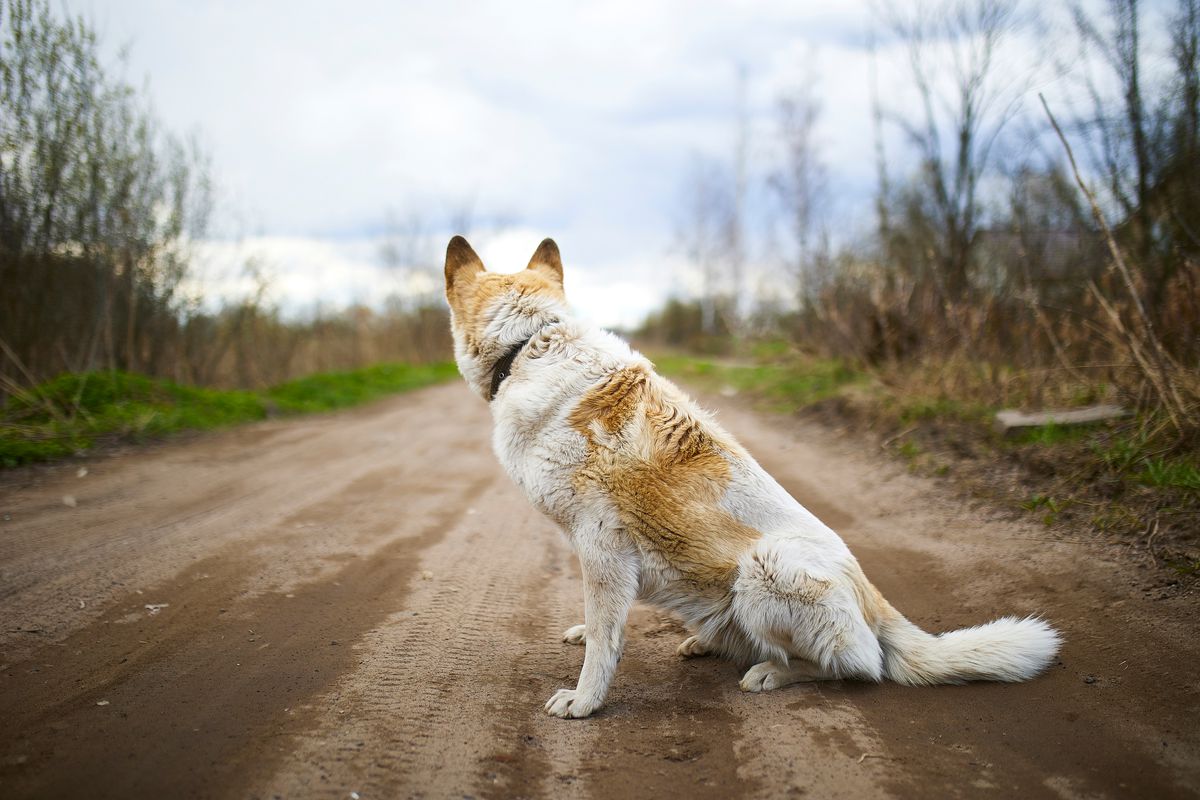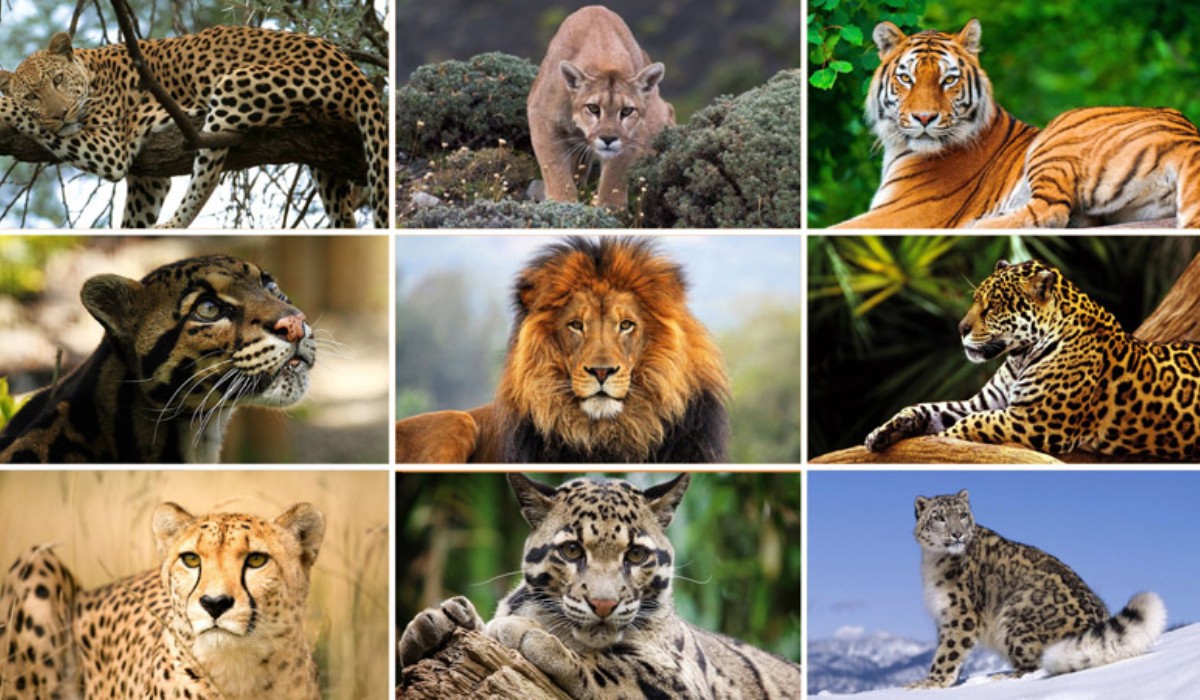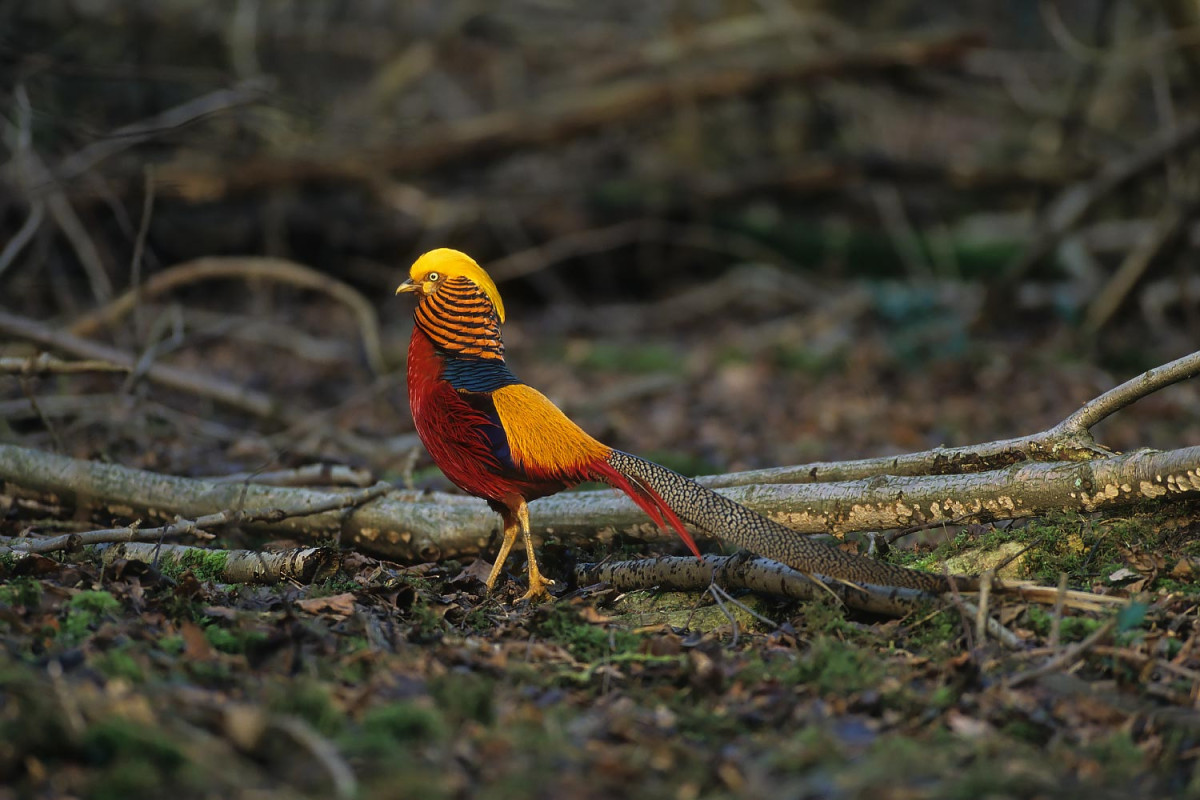Two types of camouflage exist, one that makes animals difficult to see—crypsis—and one that disguises them as something else—mimesis. Crypsis, the most common type of animal camouflage, is often achieved because the animal’s colors resemble its environment. However, this is not the only way that animals can blend into the background.
Some camouflage animals will even reinforce their disguise by mimicking certain behaviors. For instance, the leafy seadragon actually sways like the seaweed it disguises itself as. And, of course, there are animals who adapt their coloration to the environment. The arctic hare will shed its coat, moving from winter white to brown or gray in the summer.
1. Chameleons
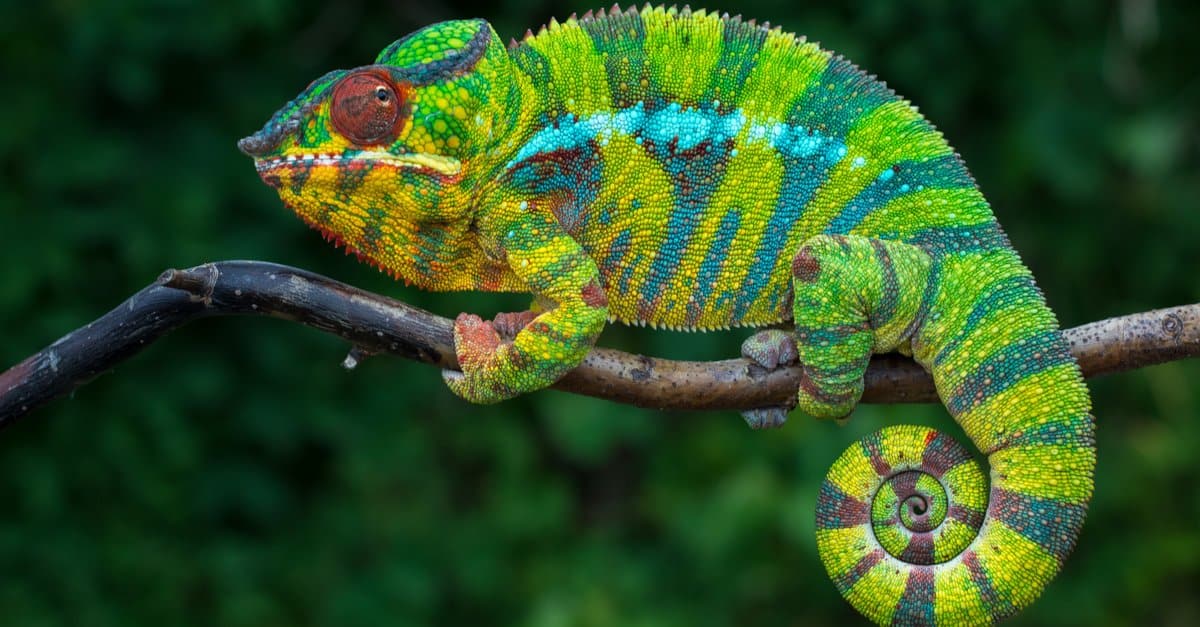
Contrary to popular belief, chameleons only change color when in imminent danger. Their everyday skin color, a light khaki, keeps them hidden from enemies during those not-so-dangerous times. Nearly half the world’s chameleon species live in Madagascar, but they’re also found in Africa, the Middle East, and southern Europe.
2. Leopards

Whether their coats are spotted (useful for hiding in sun-dappled areas in the African outback) or black (perfect for nighttime stalking or lurking in shadows), these elegant and deadly cats are born with fashionable camouflage. Rabbits, young buffalo, and monkeys don’t stand a chance when a hidden leopard makes a surprise attack.
3. Polar Bears
:max_bytes(150000):strip_icc()/polar-bear-150005875-5c4db42046e0fb0001a8e7b8.jpg)
Other bears and human poachers are the biggest threats to the majestic polar bear, but by blending into the blindingly white snow of the Arctic with equally white fur coats, some danger can be avoided. Only a polar bear’s nose and foot pads are without fur.
4. Turtles

If you’re a fish, you better look twice before resting near that big rock . . . it could be a snapping turtle. There are hundreds of species of turtles and tortoises that use camouflage to blindside their prey and hide from large predators like alligators. Sadly, camouflage can’t protect turtles from the poacher’s fishnet.
Sure, chameleons are well-known to change color and blend into surroundings, but some of the animals who use camouflage in the next few pages may surprise you.
5. Arctic Owls
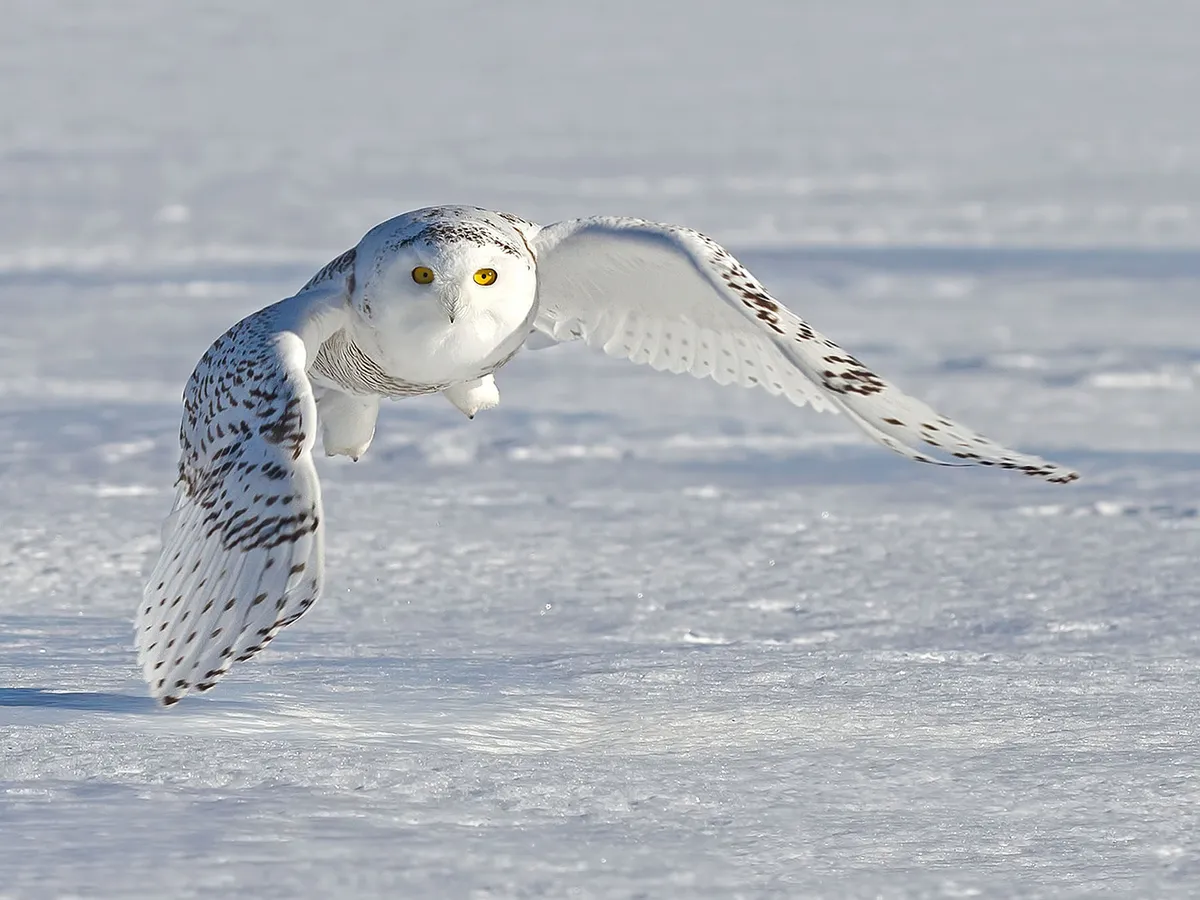
Ah, the Arctic tundra: cold, barren, and totally white. Arctic owls have a coat of snow-white feathers to keep them warm and safe from predators, such as foxes and wolves.
6. Bark Bugs

For most bugs, birds are the bad guys. For bark bugs, which hang out on trees around the world, this is especially true. In order to hide in the middle of nature’s birdhouses, bark bugs appear to be part of the tree itself.
7. Ornate Wobbegongs
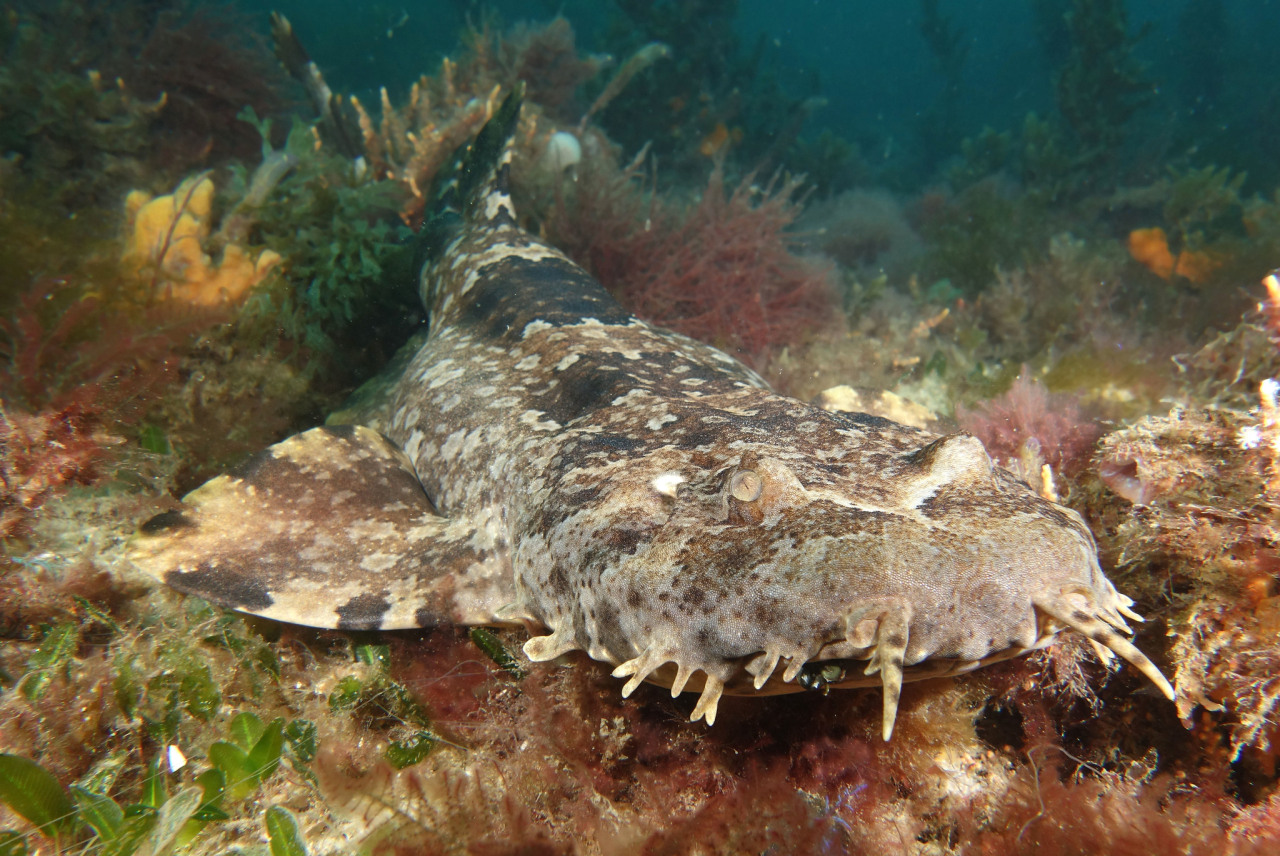
If you’re ever swimming in the shallow waters of Australia or New Guinea, look for the ornate wobbegong — though you probably won’t be able to see it! This shark’s body flattens out on the seafloor where its spots and blotchy lines resemble rock and coral. Wobbegongs take camouflage a step further with a little “beard” under their chins that looks like seaweed. Prey that swims in front of their mouths is gobbled up without knowing what hit them.
8. Gaboon Vipers
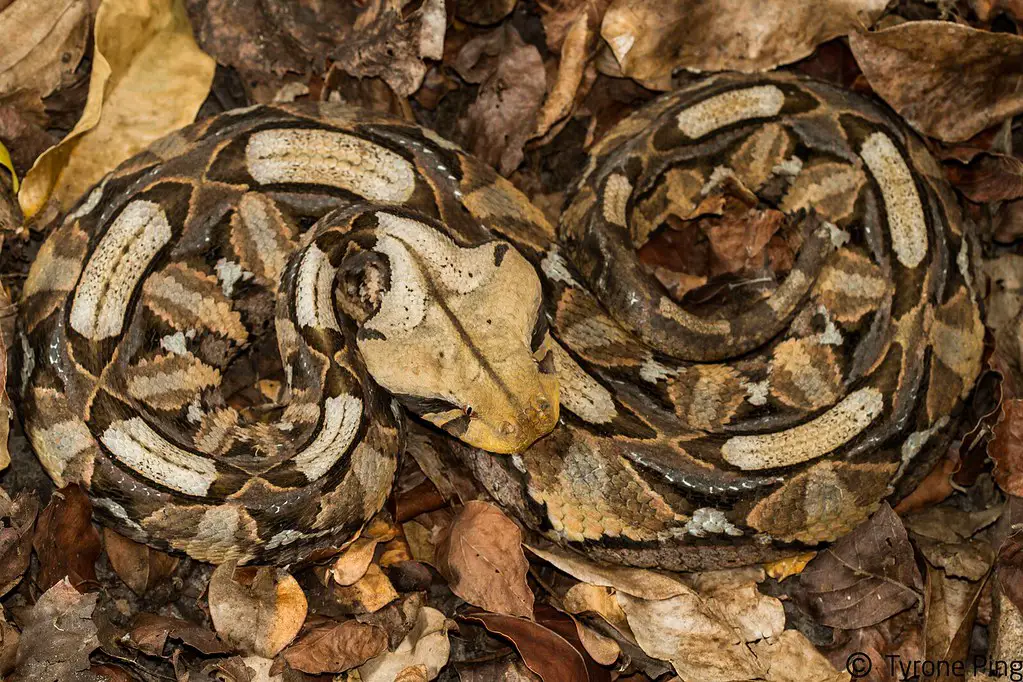
In order to hide from their prey, gaboon vipers — among the most venomous snakes on Earth — make the most of their brownish-gray, mottled scales. These big snakes hide in the layer of dead leaves that carpets the African rainforest floors. They also like to snuggle into forest floor peat and sneak up on unsuspecting prey.
9. Leaf Butterflies
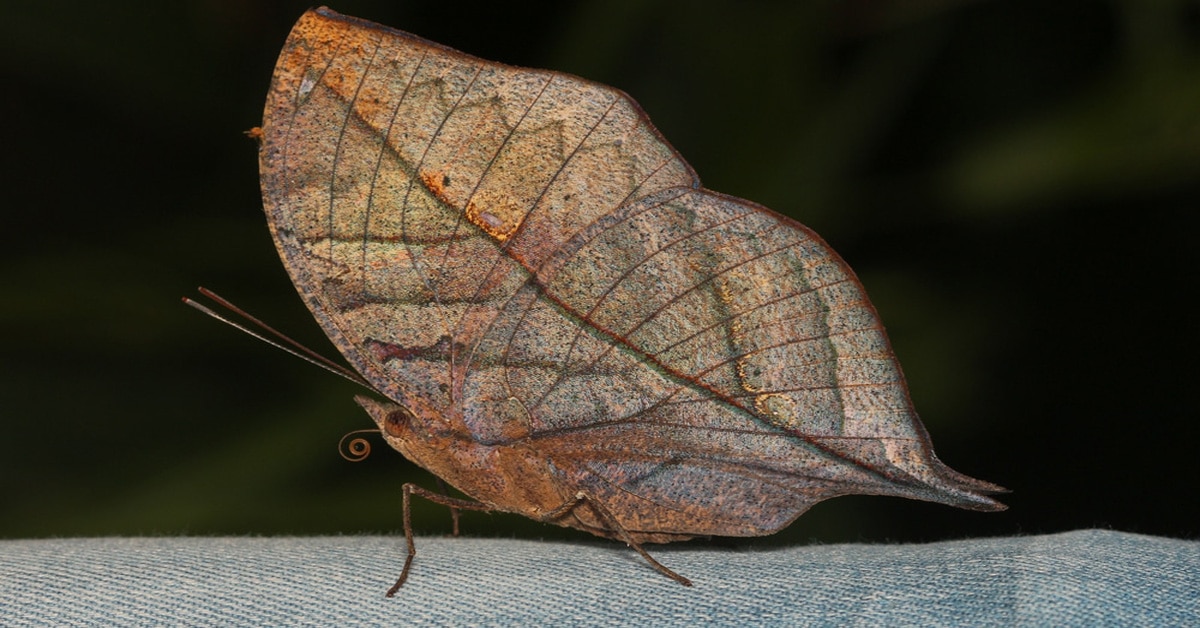
Complete with fake leaf stalk, fake leaf veins, and perfect dead-leaf coloring, leaf butterflies have the whole camouflage thing down pat. Birds pass them by without a second glance since these insects from southeast Asia look more like dead leaves than butterflies.
10. Dragon Lizards
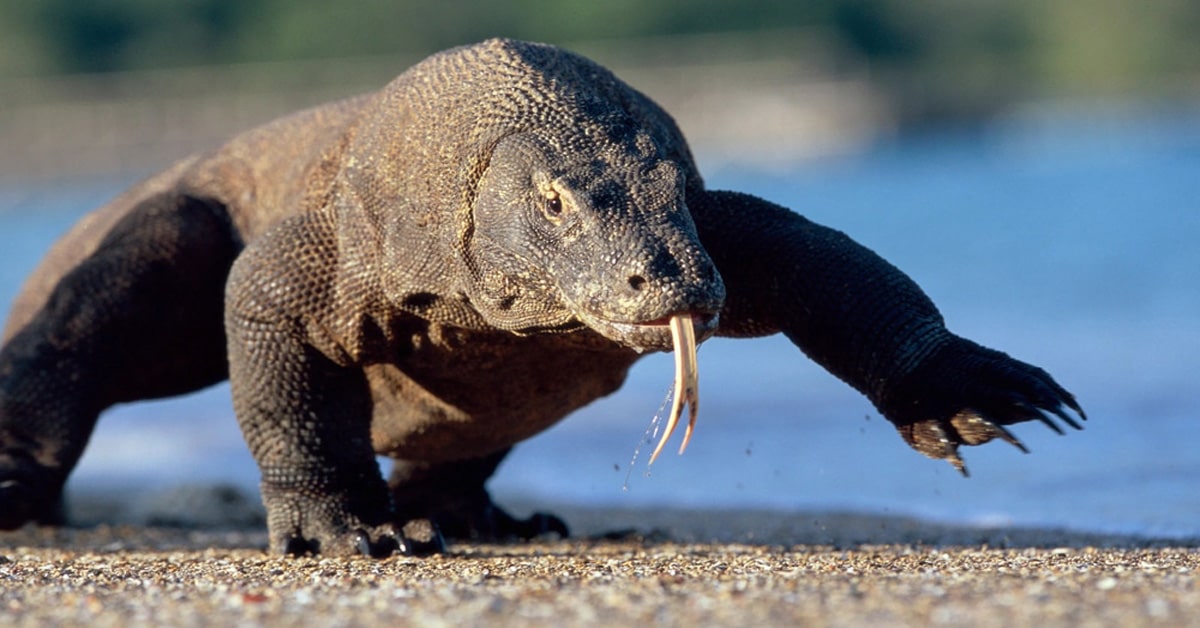
Spiders, snakes, birds, and even other lizards all want a piece of the dragon lizard, so they have some of the most effective camouflage around. Not only do dragon lizards look nearly invisible when hanging out on a tree branch, they keep extraordinarily still, knowing that their predators react to the smallest movements. It doesn’t make for an exciting life, but at least they live to tell about it.
11. Flower Mantises

Careful– that flower you’re thinking about smelling might have a flower mantis hiding inside. The flower mantis of western Africa uses colorful, pistil-and-stamen-like camouflage to trick smaller insects into smelling the roses, then snap — lunch is served.







